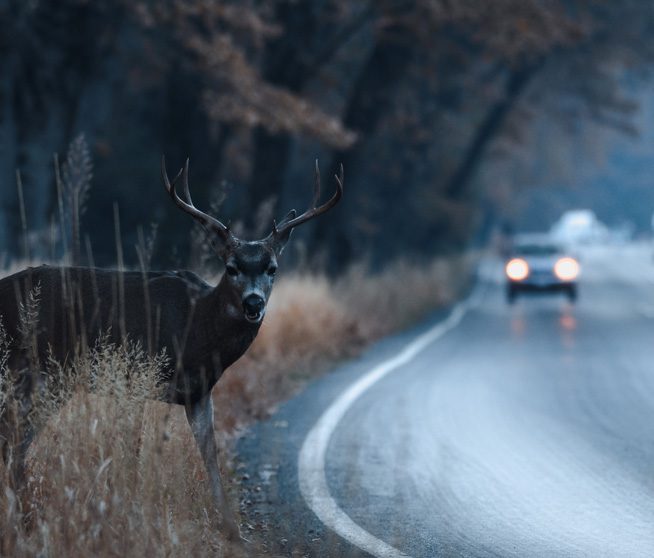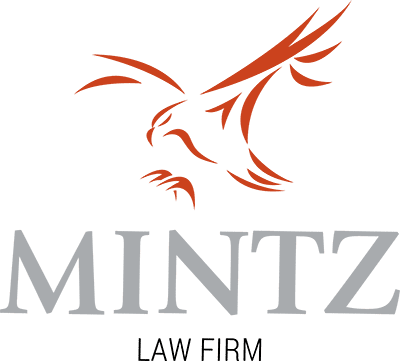Who’s Liable for Damages in a Car Accident Involving Wildlife?

Car accidents can be a stressful and traumatic experience, especially when they involve wildlife. In Colorado, where the diverse landscape and abundant wildlife make for scenic drives, collisions with animals are unfortunately not uncommon. But when such accidents occur, who is responsible for the damages? Is it the driver, the state, or the owner of the animal (if there is one)? These are important questions to consider when navigating the aftermath of a car accident involving wildlife.
At Mintz Law Firm, we understand the complexities of these cases and are here to help. If you have been involved in a car accident with wildlife and have questions about your claim, don’t hesitate to reach out to us for guidance and support.
Are Drivers Ever Liable for Damages in These Accidents?
Typically, when wildlife causes damage to a car or injuries to a driver or passengers, no single party is deemed at fault. However, responsibility for managing the damages and injuries often falls to the driver and their insurance coverage.
A key scenario where a driver’s actions might lead to liability is if they swerve to avoid wildlife and consequently hit another car, cyclist, or pedestrian. In these instances, the driver who swerved may be found at fault for the resulting accident.
Similarly, if a driver rear-ends another vehicle because the vehicle in front stopped abruptly due to wildlife on the road, the driver who rear-ended the other is typically considered at fault. In both scenarios, it’s the reaction to the presence of wildlife, rather than the wildlife itself, that determines liability and where the responsibility for damages lies.
Can Insurance Cover Damages from Accidents Involving Wildlife?
When a vehicle collides with wildlife and no one is at fault, insurance becomes the primary means for obtaining compensation. The level of coverage, however, hinges on the type of insurance policy held by the driver.
In fault-based states like Colorado, you’ll need comprehensive insurance for covering damages to a vehicle from hitting an animal. This type of insurance steps in to cover the repair or replacement costs without regard to fault. For injuries sustained in an accident involving wildlife, Personal Injury Protection (PIP) or medical payments coverage can offer necessary financial support. While these coverages are often optional, they become indispensable in fault-based states for covering medical expenses after such incidents.
In instances where a driver swerves to avoid wildlife and collides with another vehicle, liability becomes a factor, often allowing the injured party to make a third-party claim against their insurance. Conversely, if you’re hit by a driver avoiding wildlife, you have the right to file a third-party claim with their insurer.
What Are the Common Causes of Wildlife-Related Car Accidents in Colorado?
Colorado wildlife-related car accidents often stem from animals crossing highways and rural roads. Factors such as mating seasons, habitat disruption, and migration patterns can increase wildlife movement, leading to a higher likelihood of animals, like deer, elk, and bears, venturing onto roads.
Additionally, reduced visibility during dawn and dusk, which coincide with many animals’ active periods, contributes to the risk. Drivers may also encounter wildlife unexpectedly due to curves in the road or when driving in areas adjacent to forests and national parks, where wildlife is more abundant.
Injured in an Accident? Contact the Colorado Car Accident Lawyers of Mintz Law Firm
If you’ve been injured in a car accident involving wildlife, navigating the claims process can be overwhelming. The Colorado car accident lawyers at Mintz Law Firm are here to provide you with the knowledge and support you need to pursue the compensation you may be entitled to.
To discuss your case and explore your options, contact Mintz Law Firm today. Reach out to us by calling us at (303) 462-2999 or completing our contact form. Let us help you on your journey to recovery.
